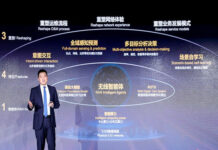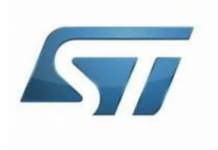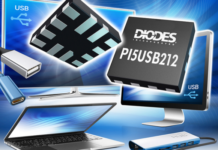At $4.3 billion in 2021, automotive memory is a relatively small market, dominated by NOR flash, DRAM and NAND dominate the market. In 2021, at $167 billion, stand-alone memory represented 28% of the total semiconductor market, whereas the automotive memory market, worth $4.3 billion in 2021, represented 2.6% of the global semiconductor market and 10% of the automotive semiconductor market.
“We forecast automotive memory revenues will reach 17% of the automotive semiconductor market by 2027 – a 20% CAGR21-27 -+ outperforming the global memory market with 8% CAGR 21-27 and the automotive semiconductor market with 10% CAGR 21-27,” says Yole’s Thibault Grossi.
Micron leads with an estimated market share of 45% by revenue. Samsung follows distantly behind in 2nd place with a ~13% market share. Then, Infineon Technologies, Kioxia, SK Hynix, and ISSI are all behind Samsung, with market shares of ≤7%.
“In the global memory market, NAND and DRAM accounted together for ~96% of the 2021 revenue, while NOR flash accounted for only slightly more than 2%,” says Yole’s Simone Bertolazzi. NAND and DRAM also dominated the automotive memory market, with a combined share of 80%: 41% for DRAM and 39% for NAND. NOR flash has a much stronger presence in automotive, with a market share of 15% and ~$0.7 billion.
The cockpit, with the main infotainment unit, instrument cluster, and connectivity, is currently the primary memory user. Aiming to reproduce a “smartphone-like” user experience, the cockpit memory content follows a similar trend. NOR flash is still being used, but managed NAND and DRAM represent most of the revenue.
ADAS & AD arrive as the second most significant memory user in-vehicle, with 24% of the revenue in 2021. The memory was mainly DRAM and high-density NOR flash, with some SLC NAND for smart sensors.It is the fastest-growing application domain for memory. Other applications (powertrain, chassis & safety, and body & comfort) are estimated to represent about 5% of the bit demand.
These domains, having the most constraints, mainly use robust memory technologies such as EEPROM and NOR flash. In 2027, cockpit is expected to remain the largest application memory consumer, but ADAS & AD will see its share of the revenue increase to 36%.















